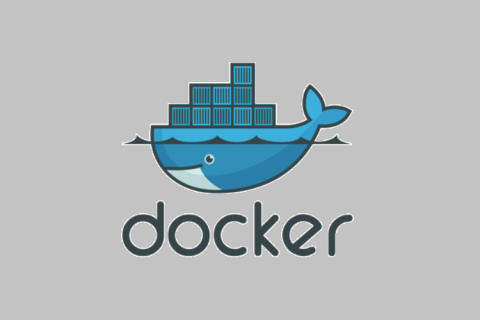How To Explain DevOps - 10 Ways To Get It Perfectly Right
Describing your profession to other people is never easy, especially if you work in the development field. Non-technical people often lack the understanding and terms that may seem just so obvious to you. And if you’re a DevOps expert, multiply the struggle times 10. To help, we’ve put together a cheat sheet style post to explain DevOps to non-technical people.










